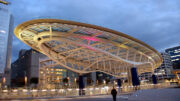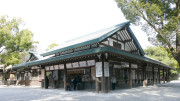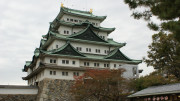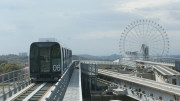Centrally located on Japan’s main island of Honshu, Nagoya is the capital of Aichi Prefecture and the country’s third-largest metropolitan area. Known for its manufacturing industry, historic sites, and cultural attractions, Nagoya is a major stop along the Shinkansen route between Tokyo and Osaka and has become increasingly popular with both domestic and international tourists.
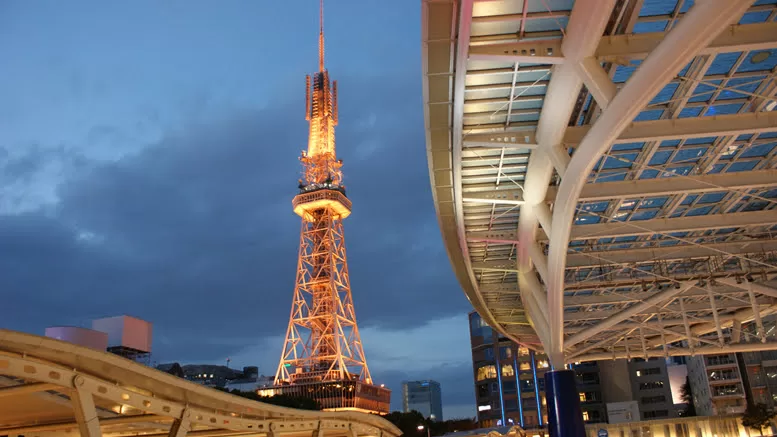
Nagoya’s history dates back to the early 1600s, when Nagoya Castle and Atsuta Shrine were established, marking the city as the capital of the province that later became Aichi Prefecture. While both landmarks were heavily damaged during World War II, they have since been reconstructed and remain some of Nagoya’s most visited attractions.
Nagoya has long been a hub for manufacturing and trade, with a strong automotive industry. It is the birthplace of Toyota, which operates Japan’s largest automotive production facilities in the nearby City of Toyota (formerly Koromo). The city’s port has also become Japan’s busiest trading port, thanks to Toyota’s international exports.
Nagoya is sometimes called the “Detroit of Japan” due to the presence of many automotive parts manufacturers. Mitsubishi, which historically produced aircraft in the region, also has a major research and development facility here.
For visitors interested in Japan’s industrial heritage, Nagoya offers several Toyota-related attractions, including:
Toyota Commemorative Museum of Industry and Technology – Located near Noritake Garden, this museum explores Toyota’s evolution from a textile manufacturer to an automotive giant.
Toyota Automobile Museum – Showcasing a collection of classic cars from around the world, this museum is accessible via the Linimo maglev train near Expo Memorial Park.
Toyota Kaikan Museum & Plant Tour – Located in Toyota City, this site offers an in-depth look at modern car production and requires advanced reservations.
Midland Square Toyota Showroom – A convenient display of Toyota’s latest vehicles, located opposite JR Central Towers in downtown Nagoya.
Nagoya’s Top Attractions
Nagoya is home to many must-visit attractions, including:
Nagoya Castle – A reconstructed samurai-era castle, featuring golden shachihoko ornaments and a historic museum inside.
Atsuta Shrine – One of Japan’s most sacred Shinto shrines, home to the Kusanagi-no-Tsurugi, one of Japan’s three imperial treasures.
Nagoya TV Tower & Oasis 21 – Offering panoramic views and an illuminated futuristic plaza in Sakae district.
Osu Shopping District – A mix of traditional and modern shopping, home to the historic Osu Kannon Temple.
SCMAGLEV and Railway Park – A train museum showcasing the evolution of Japan’s Shinkansen and maglev technology.
Noritake Garden – A beautifully landscaped area showcasing Nagoya’s rich porcelain history, featuring a museum, factory tours, and hands-on pottery experiences from the renowned Noritake porcelain company.
Ghibli Park: Since November 2022, Nagoya has become even more popular with tourists thanks to the opening of Ghibli Park within Expo Memorial Park (Ai-Chikyuhaku Kinen Koen) in Nagakute, just east of central Nagoya. Unlike traditional theme parks, Ghibli Park focuses on immersive environments rather than rides, bringing Studio Ghibli’s world to life with beautifully recreated film locations.
How to Get to Nagoya
Nagoya is easily accessible from Tokyo, Osaka, and Kyoto via the Shinkansen bullet train which stops at JR Nagoya Central Station:
Tokyo → Nagoya: ~100 minutes
Osaka → Nagoya: ~50 minutes
Kyoto → Nagoya: ~35 minutes
Why Visit Nagoya?
Nagoya offers a blend of history, industry, and modern culture, making it an ideal stopover or destination in its own right. Whether you’re exploring samurai-era castles, high-tech automotive museums, or the magical world of Studio Ghibli, Nagoya has something for everyone.

